Technical Description:
Aerospace Engineer’s Assistant is a state-of-the-art AI-driven tool designed to support aerospace professionals in tackling the most complex challenges of propulsion systems and materials science. Leveraging advanced GPT architecture, this model delivers precise and technically robust solutions, helping engineers optimize propulsion performance, manage materials under extreme conditions, and stay at the cutting edge of aerospace innovation. By combining deep industry knowledge with powerful analytical capabilities, Aerospace Engineer’s Assistant serves as a critical tool for research and development, testing, and real-time decision-making processes.
From evaluating the thermal resilience of high-performance alloys to optimizing rocket thrust profiles, Aerospace Engineer’s Assistant is uniquely positioned to assist engineers, scientists, and consultants in pushing the boundaries of aerospace technology. Whether you’re improving the efficiency of an existing propulsion system, selecting the best materials for harsh aerospace environments, or simulating extreme test conditions, this assistant ensures you have data-driven insights at your fingertips to achieve groundbreaking results.
Key Features and Capabilities:
1. Advanced Propulsion System Optimization
Details: Delivers expert analysis and optimization strategies for propulsion systems across various aerospace applications.
Features:
- AI-powered thrust-to-weight ratio calculations and specific impulse optimization.
- Propellant efficiency analysis and recommendations for different fuel types.
- Heat dissipation, thermal management, and cooling system performance evaluations.
- Continuous real-time assessment of engine design adjustments for improved efficiency.
2. Materials Science and Stress Testing
Details: Provides cutting-edge material selection guidance and comprehensive stress analysis for aerospace components.
Features:
- AI-guided material recommendations based on durability, weight, and heat tolerance.
- Detailed stress testing simulations for extreme aerospace environments.
- Guidance on advanced composites, high-performance alloys, and ceramics.
- Fatigue, fracture, and thermal expansion analysis for long-term material resilience.
3. Simulation and Testing Support
Details: Facilitates complex simulations and real-world testing to ensure propulsion and material systems meet rigorous aerospace standards.
Features:
- Guidance for setting up simulations on propulsion performance under various atmospheric and space conditions.
- Thermal and structural testing recommendations for improved validation processes.
- Assistance in optimizing aerodynamic designs and flow characteristics for spacecraft and aircraft components.
4. Risk Management and Compliance
Details: Provides real-time risk assessments to enhance the safety, compliance, and reliability of aerospace projects.
Features:
- AI-driven analysis of failure points in propulsion systems and material stress limits.
- Safety compliance checks based on current aerospace industry regulations.
- Predictive maintenance strategies to prevent failure during mission-critical phases.
- Detailed risk mitigation techniques for various design, material, and environmental factors.
5. Emerging Aerospace Technologies and Trends
Details: Keeps users informed of the latest advancements in aerospace propulsion, materials, and industry trends.
Features:
- Continuous updates on hybrid propulsion systems, electric propulsion, and additive manufacturing developments.
- Insights into the use of AI in autonomous spacecraft navigation and control systems.
- Analysis of cutting-edge heat-resistant materials and nanotechnology for aerospace applications.
- Exploration of eco-friendly propulsion solutions and sustainable materials.
Conclusion:
Aerospace Engineer’s Assistant is an indispensable tool for aerospace professionals who demand precise, data-driven insights to drive innovation in propulsion systems and materials science. From optimizing propulsion efficiency to selecting the best materials for high-stress environments, this assistant supports your engineering objectives with powerful AI analysis. Whether you’re conducting research, testing prototypes, or working on the next aerospace breakthrough, Aerospace Engineer’s Assistant equips you with the technical capabilities to enhance safety, performance, and efficiency in every project.
Frequently Asked Questions (FAQs)
Q1: How does Aerospace Engineer’s Assistant support propulsion system optimization?
Answer: The assistant provides advanced analysis of propulsion parameters, including thrust-to-weight ratios, propellant efficiency, and thermal management. It helps engineers fine-tune engine designs and optimize fuel consumption for various aerospace applications.
Q2: Can this GPT model assist with selecting materials for extreme aerospace environments?
Answer: Yes, Aerospace Engineer’s Assistant offers expert recommendations on advanced materials such as composites, alloys, and ceramics. It also includes stress and thermal expansion analysis to ensure materials can withstand the harsh conditions of space or high-speed atmospheric flight.
Q3: Does the assistant provide guidance on testing and simulation setups?
Answer: Absolutely. The assistant helps set up simulations for propulsion systems and materials under various environmental conditions. It also offers recommendations for physical testing protocols to validate aerospace components.
Q4: How does this GPT model address safety and risk management in aerospace projects?
Answer: The assistant performs real-time risk assessments, identifying potential failure points in propulsion systems and materials. It also ensures compliance with industry regulations and provides predictive maintenance strategies to mitigate risks during mission-critical phases.
Q5: How does Aerospace Engineer’s Assistant stay up-to-date with emerging aerospace technologies?
Answer: This GPT model continuously updates its knowledge base with the latest advancements in aerospace, including hybrid propulsion systems, electric propulsion, new materials, and sustainability trends. This ensures that users stay informed and can implement cutting-edge technologies in their projects.
In today’s fast-paced aerospace environment, Aerospace Engineer’s Assistant is the technical partner you need to ensure your propulsion and materials science projects lead the industry. Whether optimizing designs or exploring new materials, this assistant delivers precise, real-time solutions that drive innovation and success.
Get Access to 1000s of ChatGPT (Universal) prompts


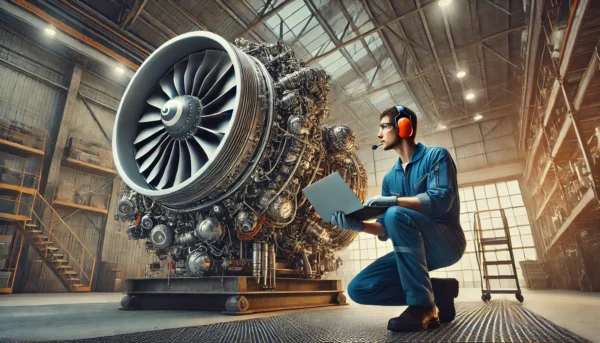
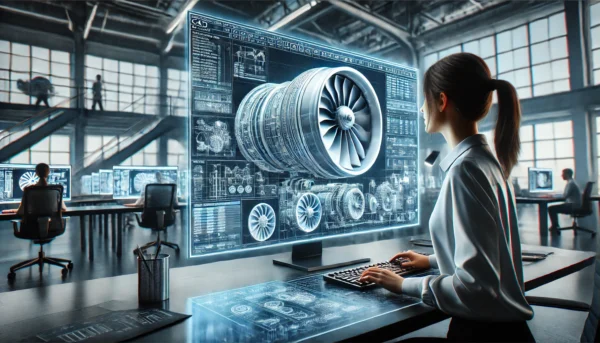
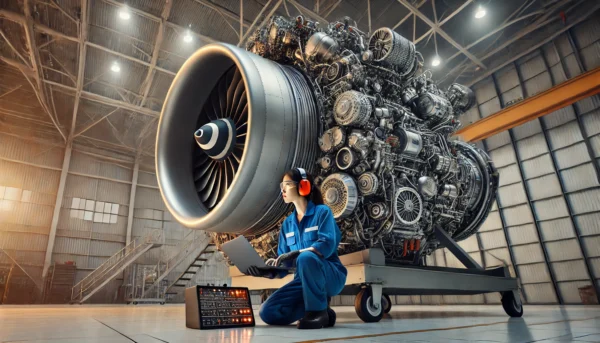

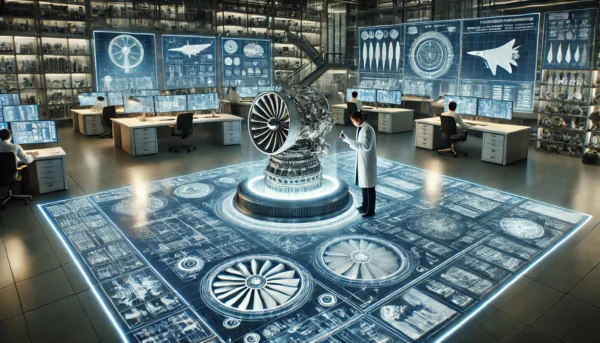

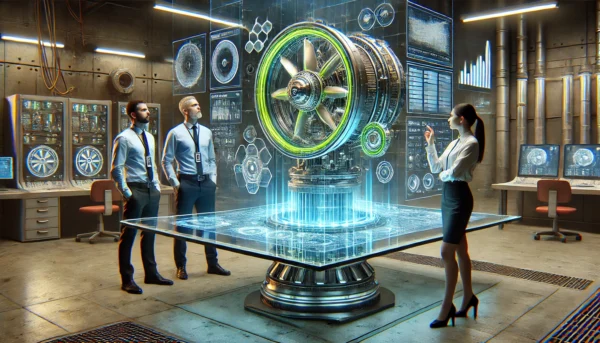


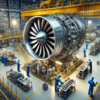
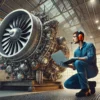
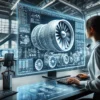
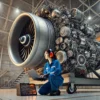


















Leave a Reply